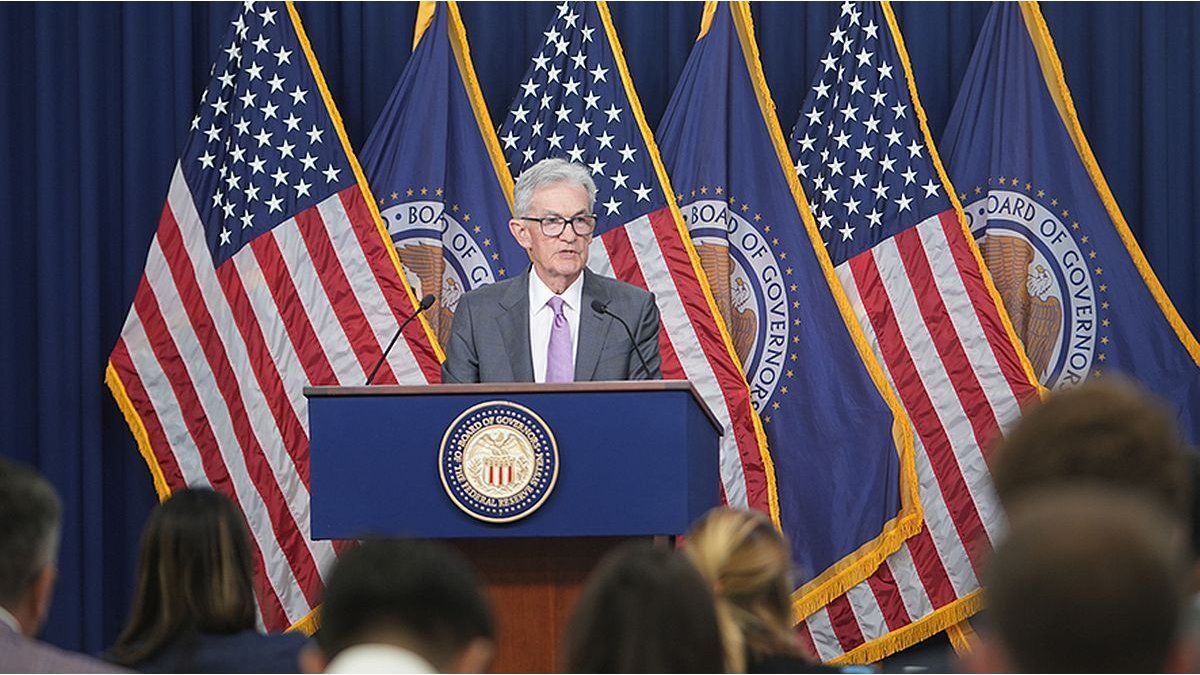For analysts at the major global economic consulting firms, the head of the Fed, Jerome Powell did not deviate from the script expected by the market in Jackson Hole Although it has left some doubts still in the air, and above all, they fear that at the September meeting, he will fall short in adjusting interest rates.
Pantheon Macro (PM) points out that JePo’s speech, as Powell was called on Wall Street, makes it clear that The Fed will ease monetary policy in September but without offering any clear guidance on the size of the measure. He merely noted that “the direction of travel is clear, and the timing and pace of rate cuts will depend on what the NFIB survey – a kind of UIA for SMEs in the US – and the layoff data have been saying since the beginning of the year, namely, that the labor market is “cooling” and is unlikely to be a source of high inflationary pressures in the near future.
“Powell therefore said that we neither seek nor welcome a further cooling of labor market conditions, a remark that will likely haunt him for months to come,” the Pantheon economists note. For their part, the main conclusion drawn by Oxford Economics (OE) experts from JePo’s speech is that the Fed will not tolerate further weakness in the labor market. They explain that this dovish attitude provides a fairly clear anchor for the labor market and increases the chances of more aggressive monetary policy easing.
Ian Shepherdson, PM’s chief economist, noted that the change in tone from the Fed’s June meeting, just ten weeks ago, is striking: at that meeting, The Fed abandoned two of three previously planned easing measures, raised its core inflation forecast and said it expected unemployment to remain unchanged for the rest of the year.“We said at the time that these forecasts were too pessimistic, arguing that the Fed will soon have to backtrack on the new dot plot because the labor market is likely to weaken substantially over the summer, while core PCE will likely be better than policymakers expect,” Shepherdson said.
Ryan Sweet, chief US economist at OE, JePo, meanwhile, confirmed what was already known: that the Fed will cut rates in September, but left the door open for a more aggressive normalization of rates, citing that the current level of the federal funds rate gives it “ample room” to respond to future risks. “He also did not object to markets pricing in almost 100 basis points of rate cuts by the end of this year,” he added.
Both economists had expected the first easing to come in September, so for forecasting purposes the speech was welcome, “but it would have been much better for the economy if the Fed had put less weight on a few disappointing inflation data and eased in June,” Shepherdson said. “March would have been even better, but policymakers have been so determined not to be blindsided by unexpected inflation again that they have waited until the risk has become extremely small. In other words, they have waited too long.”
Both PM and OE maintain the view that the September cut will be 25 points, but Shepherdson still expects it to be 50 points (and another 50 points in November and 50 points in December, thanks to weak labor market data and good inflation figures). While Sweet warns that the focus should be on how quickly the Fed returns the federal funds rate to its neutral level.
“The problem is that the neutral level is not directly observable and Powell chose not to provide guidance on the final destination of interest rates,” he explained, adding that “inflation is now giving way to the labor market, so the August employment report will determine whether the Fed will cut 25 or 50 points in September (but before they expected 2 cuts in 2024, now 3).”
OE sees the unemployment rate declining in August but believes prudent risk management is likely to influence the Fed’s response function more going forward as risks are not asymmetric. “While the Fed’s preferred north star for the labor market, the unemployment rate, has its flaws and exaggerates labor market weakness, the Fed will not tolerate further increases, a potentially difficult task unless labor force growth moderates quickly.”
Because Powell’s assessment of the labor market was downbeat and suggested the Fed believes the economy is not at full employment, it is keeping market expectations of a possible 50-point rate cut in September alive.
Powell noted that “labor market conditions are now less tight than they were just before the pandemic in 2019, a year when inflation was below 2%.” While he attributed the rise in the unemployment rate primarily to a supply-side phenomenon, there are other signs that would counter this less optimistic labor market picture, including the employment-to-prime-age population ratio, which is among the highest since 2001.
What was clear was that the real debate in September was not whether to cut rates, but by how much, and Powell was more ambiguous on that score.
Source: Ambito
I am a 24-year-old writer and journalist who has been working in the news industry for the past two years. I write primarily about market news, so if you’re looking for insights into what’s going on in the stock market or economic indicators, you’ve come to the right place. I also dabble in writing articles on lifestyle trends and pop culture news.




